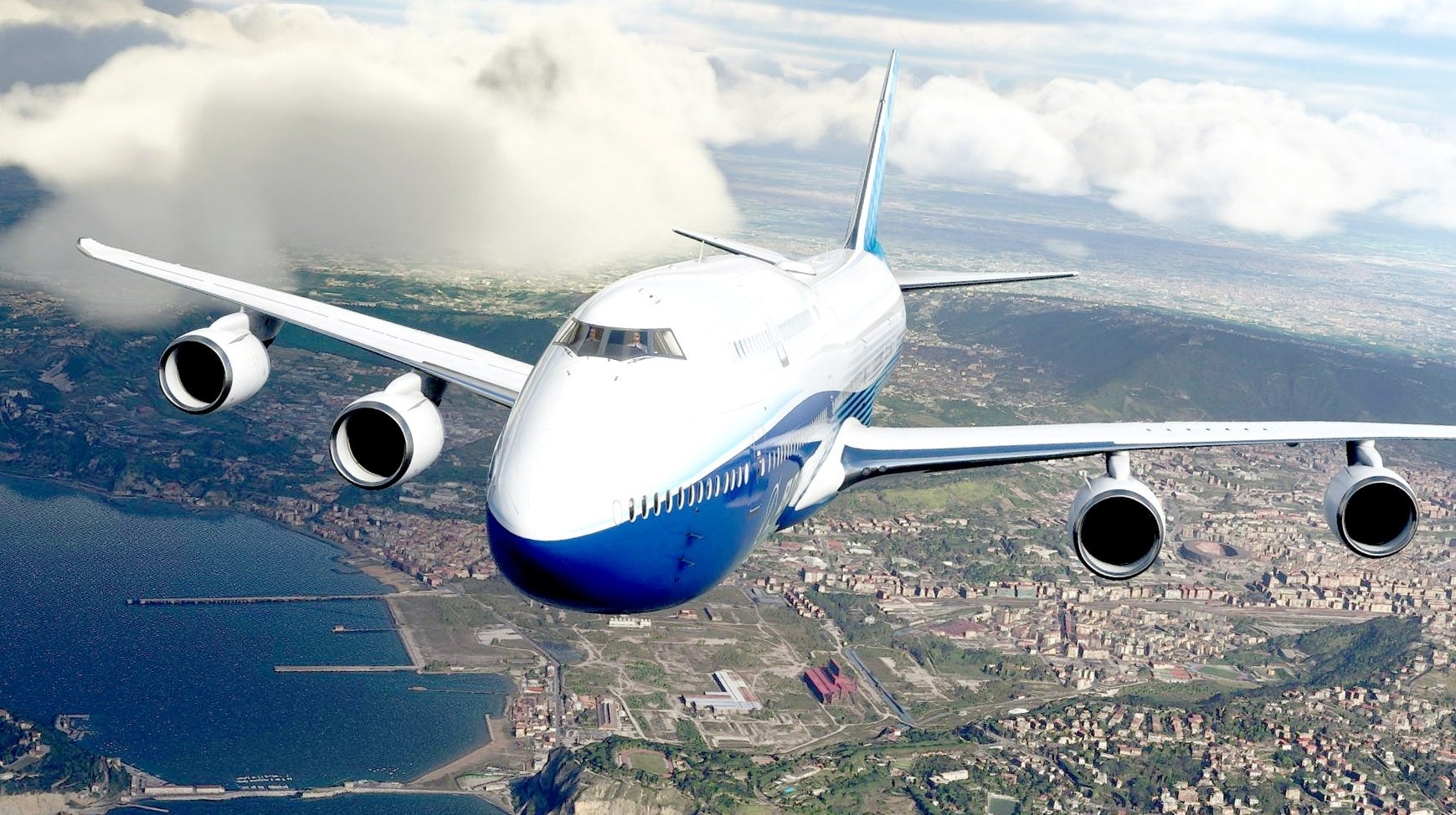Microsoft’s Flight Simulator is every bit as spectacular as we hoped it would be. Footage released to date has highlighted its almost photo-realistic approach to rendering – and yes, the game fully delivers there – but what’s more difficult to illustrate is the unprecedented detail level from the macro to the micro level, on a literally global scale. This one vision for the next generation of graphics: it looks incredible but at a price: be prepared for daunting PC system requirements to deliver anything close to 60 frames per second on its highest quality presets. Flight Simulator will run relatively well on the hardware of today, but it’s designed to scale onto the PC components of the future.
Beyond the visuals, what I like about Flight Simulator is the level of accessibility. The basic gameplay is similar to previous series entries, albeit embellished with even more detail and simulation. Flying an Airbus A320 is complex in real life and can be just as complex in the game, but you can scale down the simulation input and automation to a level of difficulty of your choice: the easy mode is great to play with a standard controller, for example. However, the physics and world simulation remains the same, so don’t expect it to feel like an arcade game, it’s just less ‘manual’. The core gameplay loop is simple: it’s all about flying from place to place – and that simplicity is the game’s strength. For me, at its best, this game is very relaxing – I spent my more than 10 hours with the preview learning how to pilot the plane, exploring the planets and enjoying the sights. I did this for hours on end without really thinking about time – much like you might in the real world while hiking, for example.
At the technological level, the new Flight Simulation is built off of the simulation engine of its predecessor but with extensive improvements and a brand new rendering engine on top, architected by Asobo Studio. That’s the developer of the excellent A Plague Tale: Innocence, so it’s a studio with a pedigree in delivering bespoke rendering solutions – and the team has truly gone overboard with this one. Delivering the entire world in a game is no mean feat: the engine leverages satellite imagery or fly-by image scans as the basis for height and terrain texture data. An offline procedural generation AI then reads these textures based on their own parameters and properly populates terrain with materials, roads, buildings, bushes, trees and more based on brush set assets the team has made. After this step, the artists can go in and embellish specific locations with even more detail with photogrammetrically captured materials and textures. So, you can expect something a little more lavish with capital cities, specific culture heritage sites or natural landmarks.
When playing the game, you’re essentially looking at an extremely high resolution image of the entire globe in 3D – think Google Earth but of a much higher quality. Conceivably, we’re looking at multiple terabytes of texture and height map data that you’d never have the hard drive space to store to deliver the achieved effect. The developer’s solution is ingenious. This is a simulator and therefore the speed of flight is accurately depicted – and it’s rather sedate by arcade standards, of course. Using a base mesh and textures, the game utilises your internet connection to stream even higher quality terrain data onto your PC as you play, via the Azure cloud. It is a novel way to boost the game’s fidelity and diversity that I’ve yet to see in any other release. This is indeed a fully fledged ‘power of the cloud’ implementation that delivers something that just wouldn’t be possible to the same fidelity with a conventional download. It’s a system that’s also relatively efficient: over 10 hours of gameplay, I noted downloads of around seven gigabytes in total.
